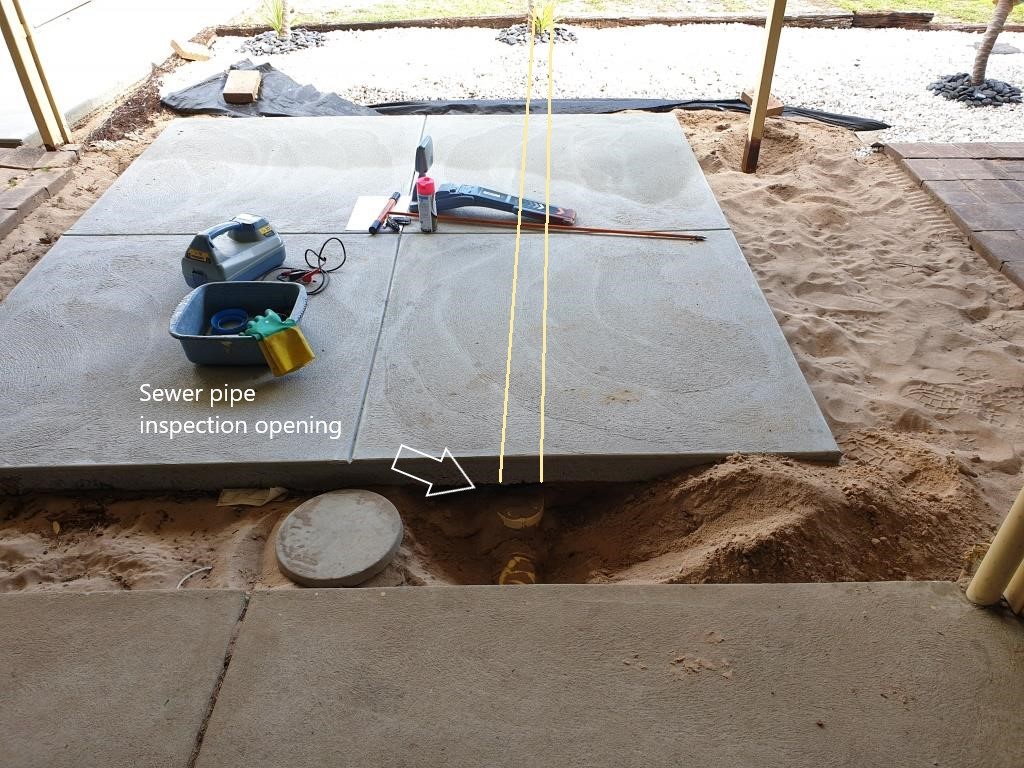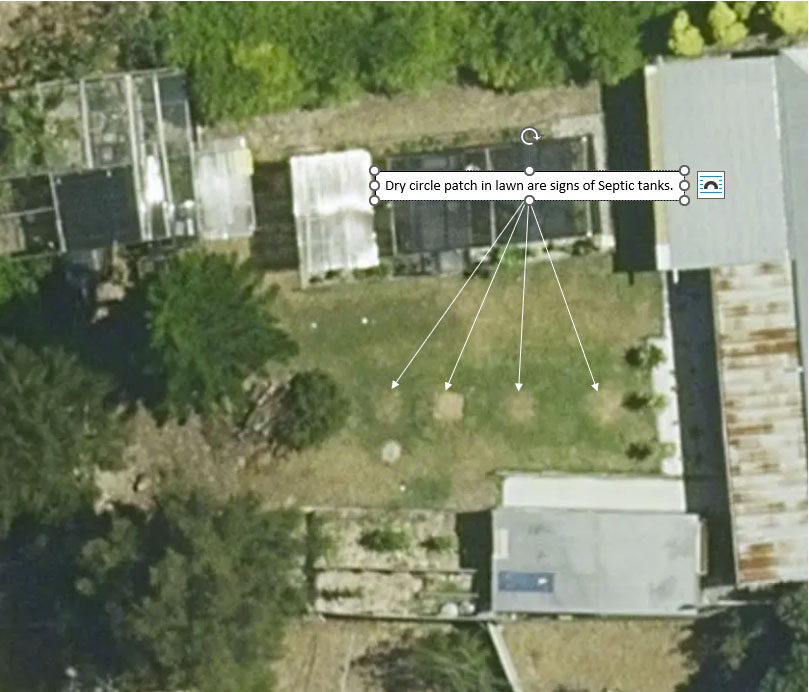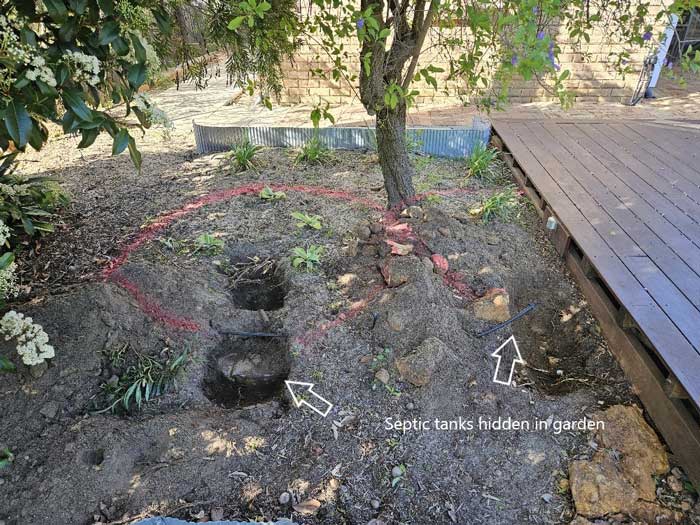Septic tanks - General Information and Tips
How to locate your Septic Tank System?
When you consider the size of septic tanks plus the leach drains and add in all the connecting sewer piping to carry wastewater you might wonder how such a large system can be so hard to find on your property. Considering septic tanks smell bad, are not very interesting to look at also being big makes sense that there best hidden underground out of sight. Burying a septic tank underground also provides a property owner with more usable space and protects the tanks from possible damage.
Here you will find basic information about septic tanks and helpful tips on how you can locate your own Septic tanks.
What is a septic tank system?
A septic tank system treats sewerage and household wastewater onsite.
How does a septic system work?
A typical septic tank system is made up of using a network of pipes to carry household wastewater from a buildings facility such as bathrooms, kitchen sink, toilet and laundry to a below ground tank or tanks. Solids settle at the bottom where anaerobic bacterial digestion begins by breaking down the solids to a sludge. Anaerobic Bacterial digestion continues and liquids flow through to a secondary tank. Once broken-down effluent flows as directed into a leach drain or absorption trench.
What is the purpose of a septic tank?
To receive all sewerage and wastewater for treatment by anaerobic digestive bacteria or as a holding tank to be later pumped out to a treatment plant.
What are the different types of septic tank systems?
- Septic Tank System – poor quality effluent leach drain absorption only.
- Aerated Wastewater Treatment System – high quality effluent suitable for watering gardens and lawns.
- Aerobic Sand Filter System – Septic tank for primary and sand bed for secondary treatment filtration.
How do I find a Septic Tank and leach drains?
- Check for property records with your local council. Or if you’re purchasing the property, ask the sales agent.
- Look for telltale signs such as inspection openings, these after often outside the toilet and bathroom of the house and depending how far away your septic tank is located from the house there may be more inspection openings in-between.

- A diverter valve for the leach drain will need to be accessible, this could be a Sewer PVC pipe with cap at ground level or just above ground level. Note property owner some time place pot plants or bird baths on top of the inspection opening to disguises.
- In summertime the ground may have two brown circles where the grass does not grow very well. This is usually because the concrete septic tank lids are just under the surface and the soil becomes hot and dry restricting plant growth.

- Ask a professional to locate the septic tanks and leach drains. Locating professionals use various types of equipment such as:
- ground penetrating radar,
- locating sonde,
- inspection cameras and pipe locators
to follow the route of sewer pipes to septic tanks.

- Follow the pipes, if the soil is soft enough you may be able to pothole / hand excavate along the sewer piping to follow the route.
- Ask the previous owners if they have any knowledge of the sewer system on the property or if there is any documented drawings or pictures available.
- Does your property have a long evergreen patch of lawn? This may be where the leach drains are located, and effluent is absorbed into the soil promoting plant growth.
